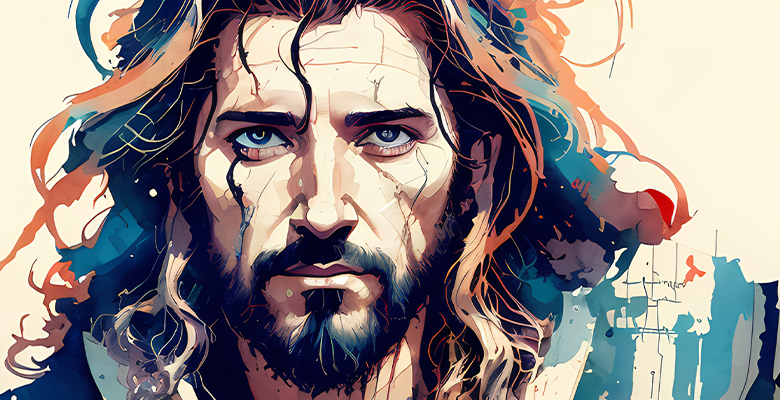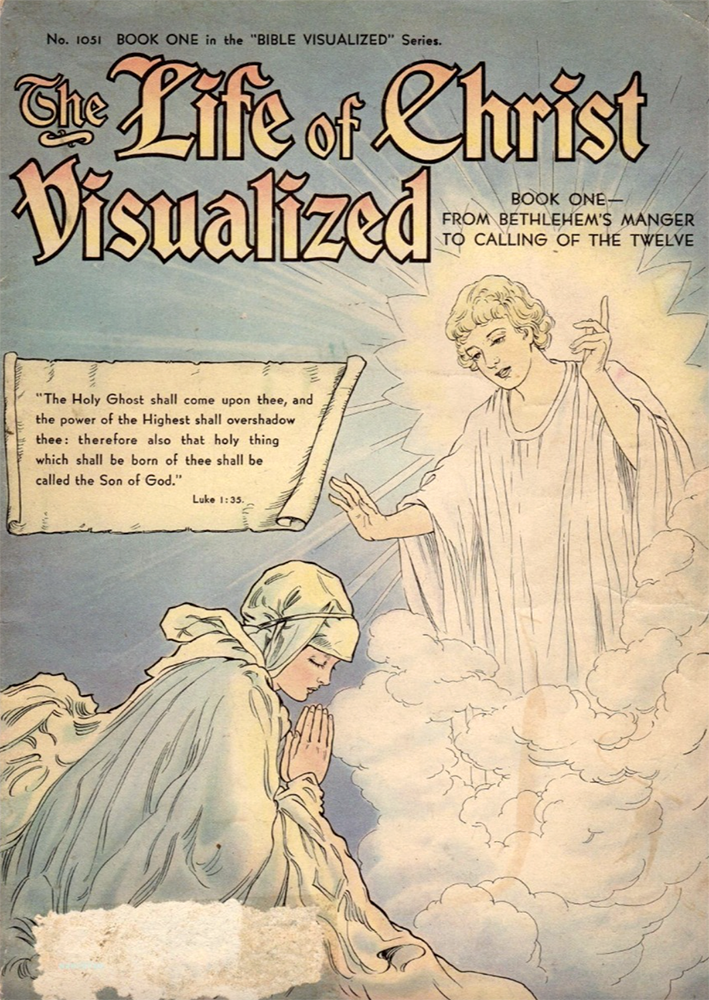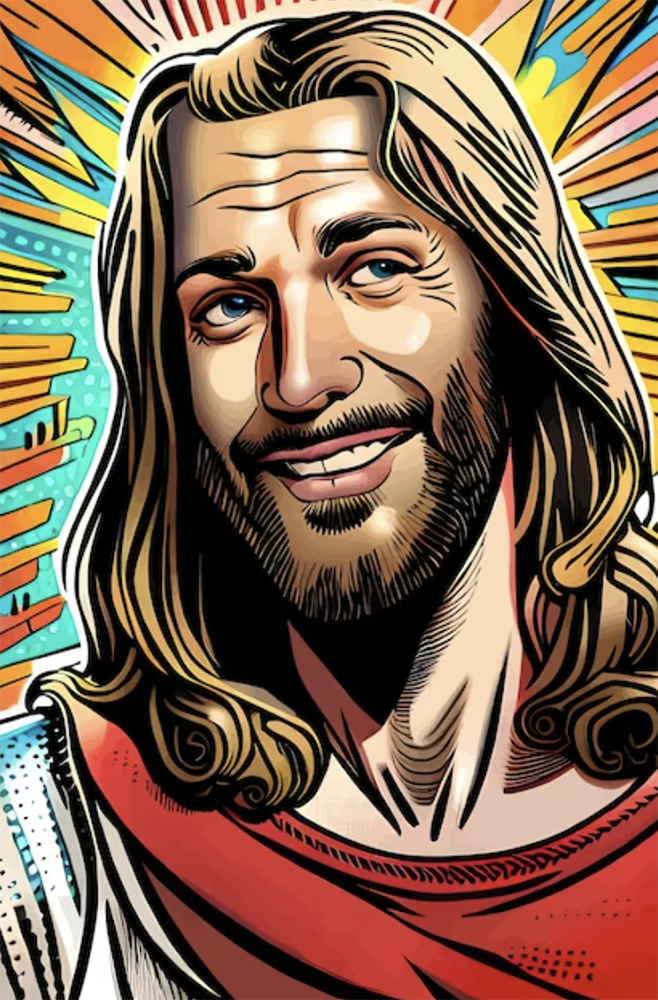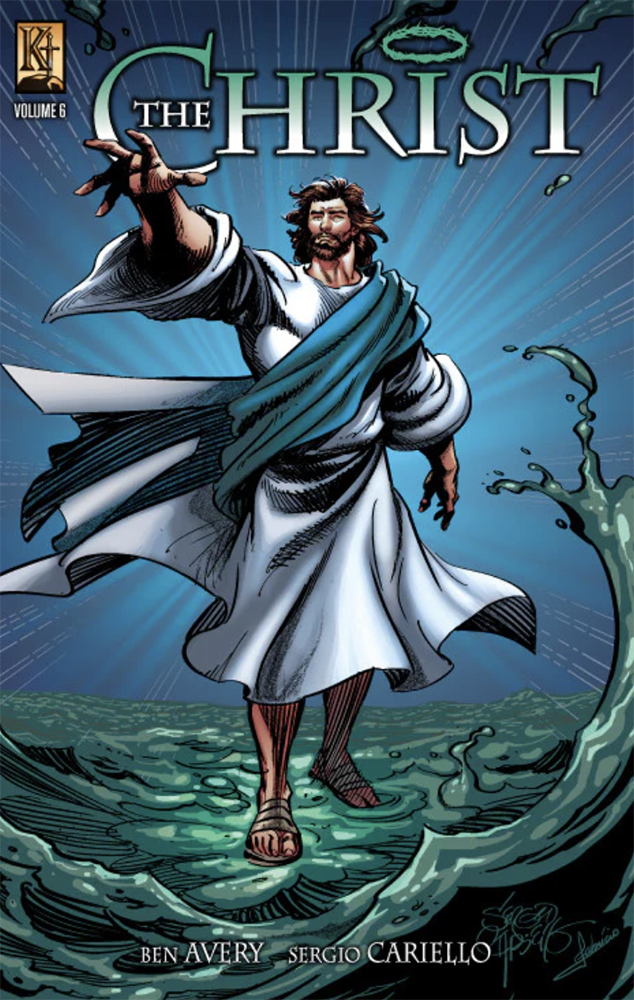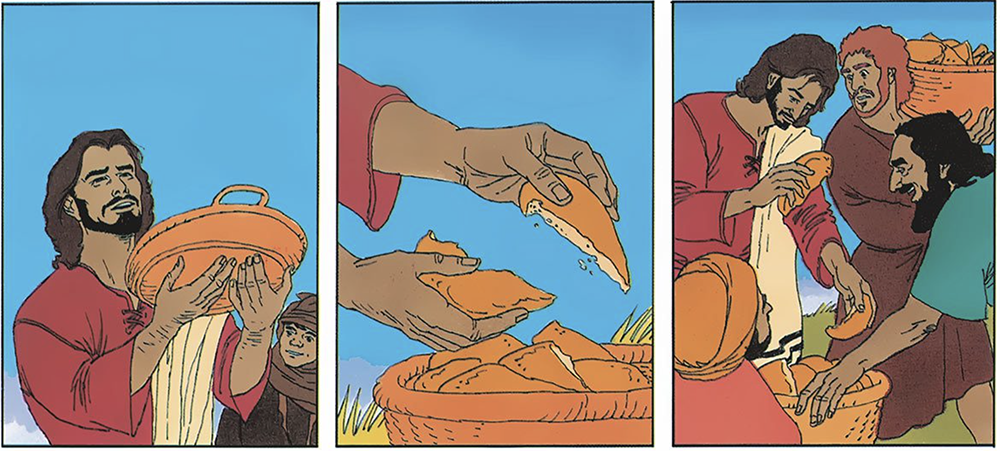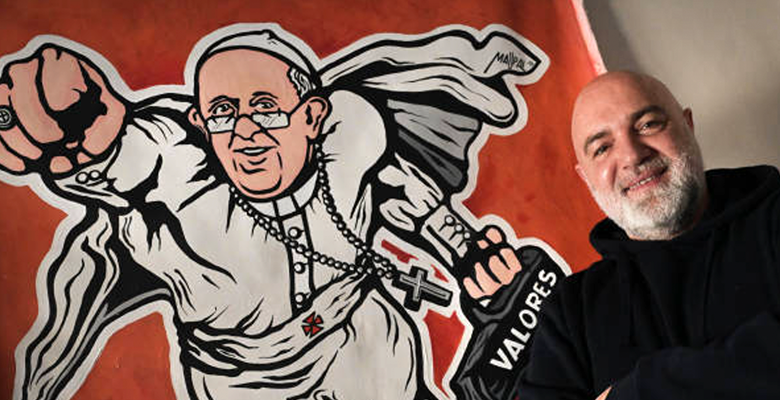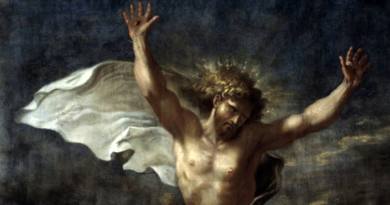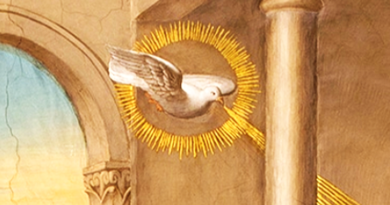Sacred Art In Comic Style – Art That Speaks To Comic-Con Generation
Jesus cartoon, Christ in Comic, apostles as AI superheroes, Mary as a digital painting. – Quite a shock for artists of academic styles and traditional oil painting techniques. Nonetheless, the Comic art style is a whole world, with its artists, admirers, galleries as Comic bookshops and huge conferences and conventions as Comic-Con International.
The Comic Generation has no clear age boundaries and you can see people of all ages reading Comic-books and attending Comic-conference. Some call them nerds but… (well, define “nerds”!). These are real artworks and some of them surpass in auction value many paintings by great masters of the past.
What is really interesting about the Comic art is that comics challenge our traditionally established ideas and concepts that are tightened to the point of being impossible. And when it comes to religious topics, with allusion, humor and hyperbole comics call into question our knowledge about the religious subject, and for some it opens the eyes to biblical events.
Of course, here we are coming back to the definition of what is sacred art. Comics might be not necessarily liturgical. Although, if you think of Marco Rupnik’s artworks – a contemporary fusion of comics and iconography – as altarpieces in many Catholic churches around the world, then why not comic art for liturgical purposes. If a comic painting or a drawing, or even a digital artwork helps at least one person on planet Earth to deepen his/her devotion to God – it’s devotional and therefore sacred.
It might be arguable, but some art critics do compare sacred art in comics with the first works in visual arts back in the early Christianity or with paintings on churches’ walls explaining the meaning of what is happening in a language that is understandable to the general public.
As a matter of fact, comics have their historical roots in book illustrations. In Europe it was Rodolphe Töpffer, a Swiss illustrator and professor of literature at the University of Geneva, who is now called the first comics artist in history. His first book with caricatures was published in 1837.
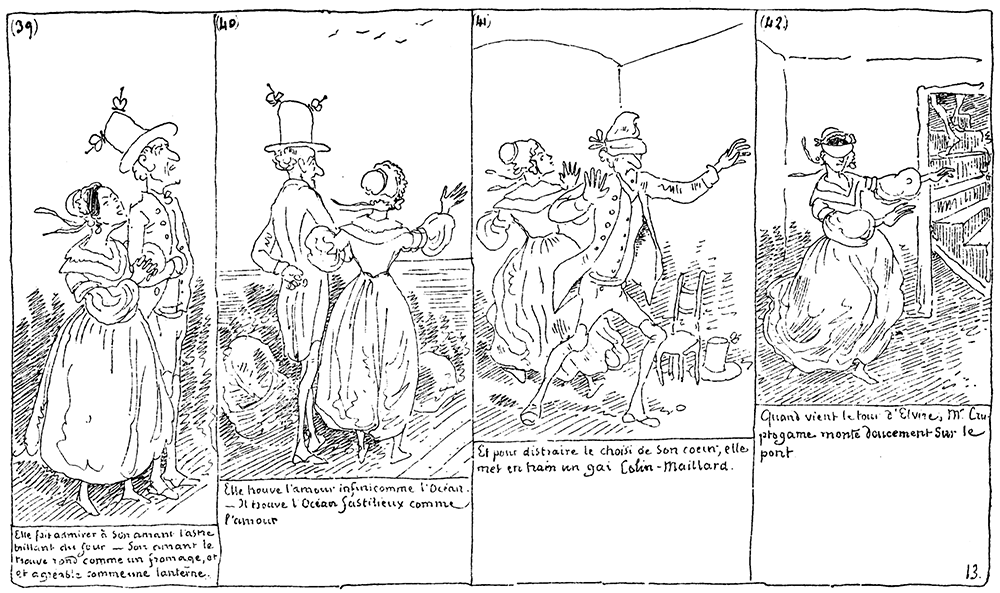
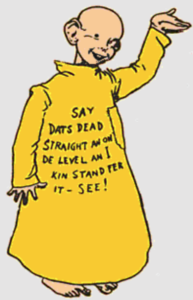
The American comics tradition comes from Richard F. Outcault, a commercial painter and cartoonist who created The Yellow Kid and Buster Brown and is called one of the pioneers of the comics.
The satirical drawings – manga – were always popular in Japan, and Japanese comics go a bit separate way from the American or European styles. Contemporary manga artists are amazingly true to the style which was populized in the early 19th century by a Katsushika Hokusai, a woodblock print maker.
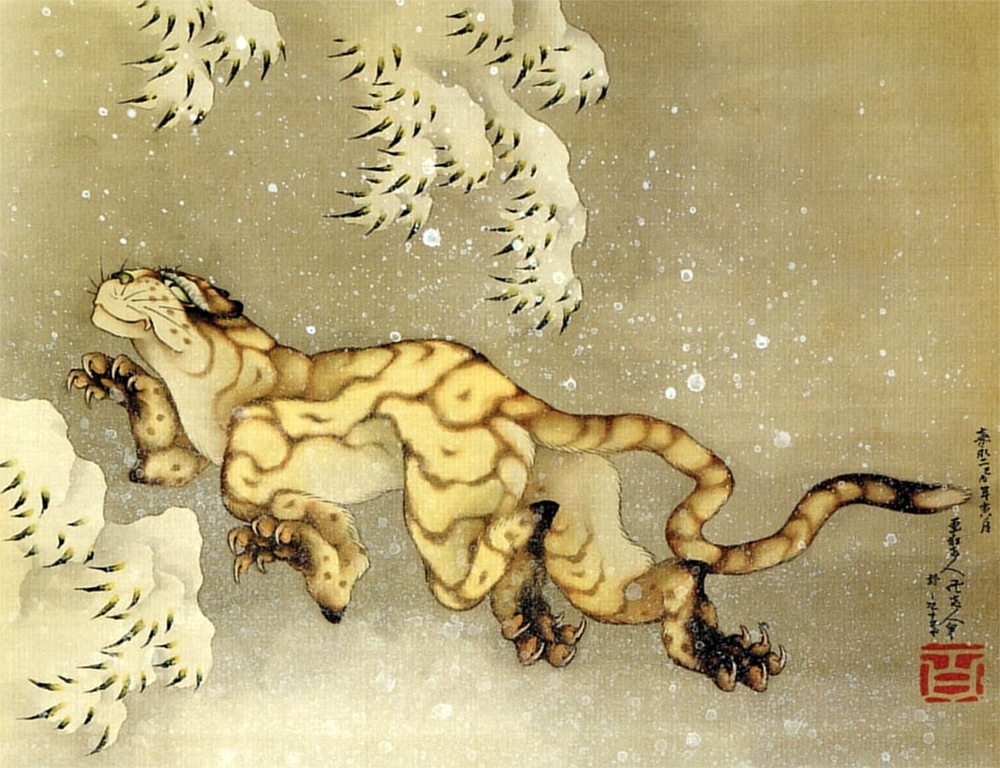
You might also be surprized to know how artistically liberal (!) the Holy See is when it comes to reaching to diverse groups of people with the good news, or with a lenten message as it was the case this year (2024).
While doing my brief research on sacred art in the Comic Style I discovered an online project which explores the intersection of religion and comic art. And if we arre talking about admiring the artistic diversity in sacred art then this online project is something very unique and amazing. – The Sacred and Sequential
PS: The Comic-Con International conference is happening in the USA (San Diego, CA) in July 2024. Let’s see what pleasant surprises it might bring.

Dimitri Ross
Dimitri Ross, a contemporary figurative visual artist. Based in Florence, Italy. Currently he masters the academic painting and sacred art in Florence by deepening his artistic research on painting techniques of the Italian Renaissance.


